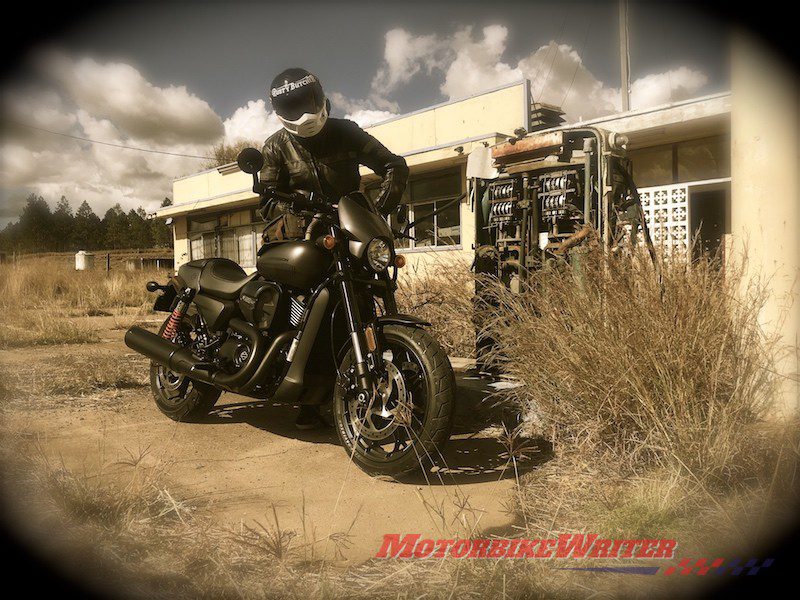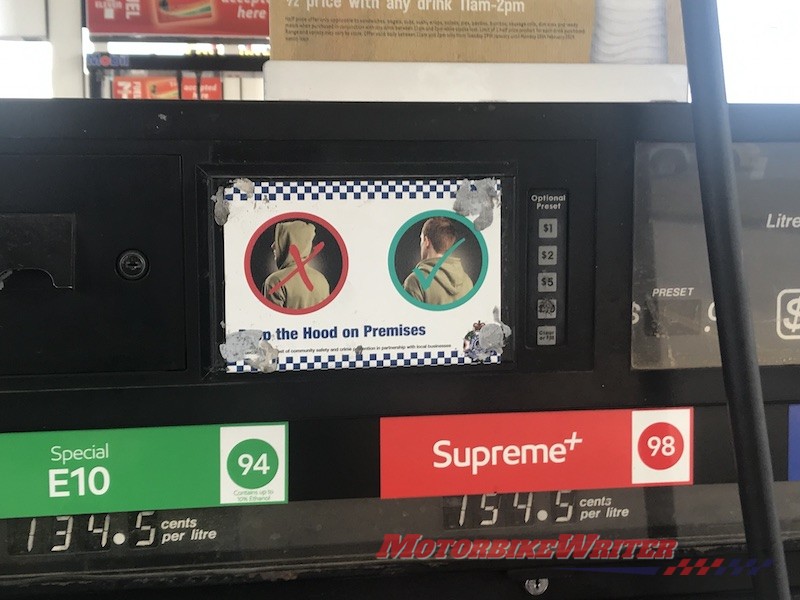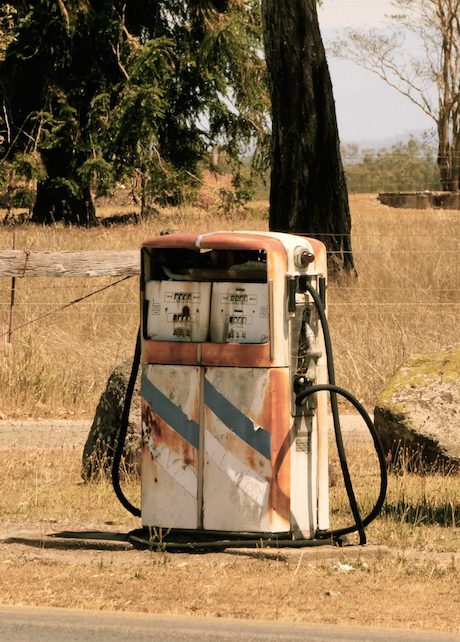Using a premium fuel with a higher octane than specified by the motorcycle manufacturer will not improve engine power or economy, RACQ technical officer Steve Spalding advises.
He says the energy content of fuel is the same no matter what octane rating it has.
“We see a lot of claims made about using premium fuels over standard and often motorists/riders believe they get a benefit from their use,” he says.
“The reality is by using a fuel with a higher octane than specified, there is only an economic or performance benefit if the engine management system can utilise the higher octane. Some will and others won’t.”
The anecdotal evidence of riders saying they get more power and higher range from a higher octane than their bike needs may simply be justifying to themselves the extra expense of PULP, Steve suggests.

Premium advantages
However, there are other advantages to using a PULP fuel over ULP.
“Some premium fuels such as Caltex and BP advertise they have additional cleaning additive packages that can offset the need to periodically buy fuel cleaners,” Steve says.
However, riders would have to work out if it is cheaper to pay the extra price for PULP over ULP rather than buying the occasional cleaner additive.
It may have been an economically wise decision about a decade ago, but the price differential between ULP and PUP has crept up and is now about 12-14c a litre.
“Fuel makers have worked out that people will buy it, not often on an evidence-based reason,” Steve says.
Steve says fuel companies and retailers make the most profit from the sale price of PULP.
Steve also points out that while ULP also has cleaning additives, it just doesn’t have the additional cleaners in some of the higher octane fuels.
However, it is certainly more convenient to have the cleaner additives in the fuel than having to periodically buy and add the fluid separately.
Steve also says PULP has lower levels of sulphur.
“While these are beneficial in reducing the build-up of engine internal deposits, they won’t make the bike travel further for each litre of fuel purchased,” he says.
“The best advice is to use the fuel specified for the bike.”
Low octane risks
Most modern motorcycles recommend a minimum of 95 or 98 RON.
If you fill up with a lower octane rating you run the risk of harmful engine detonation and pinging, Steve warns.
Also the higher sulphur content in RULP can damage catalytic converters and prevent them from working properly.
Some motorcycles have knock sensors that sense detonation or pinging and alter the ignition timing to effetely down-tune the engine.
Knock sensors are a preservation measure in case you are stuck at a remote service station that doesn’t have premium fuel.
Lastly, with E10 being common in services stations, ensure your bike is compatible with it before using, older carburettor models shouldn’t use an ethanol-based fuel.
Click here for more advice on using ethanol fuel in motorcycles.




